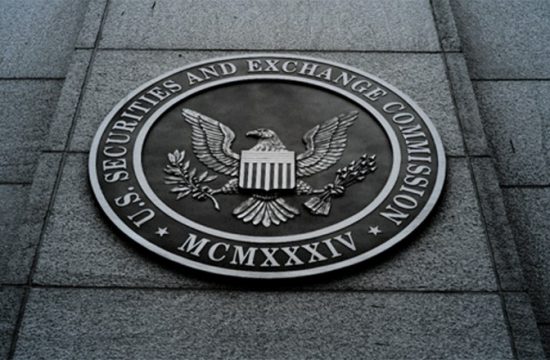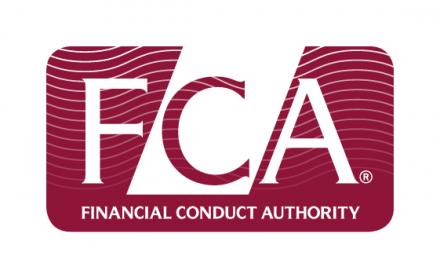The US National Futures Association (NFA) said on Tuesday it would temporarily require traders to put down lower margins when they enter into FX trades involving the British pound and Japanese yen.
The Chicago-based regulator, which is responsible for policing the US futures industry, had decided in 2016 to restrict the amount of borrowed money, or leverage, to counter the massive volatility surrounding the two major currencies.
As per a notice published on NFA’s website, which requires immediate attention of US-based forex dealers, the move will require investors to put a “minimum security deposit” of 3% of their trades on the Sterling currency. The self-regulator also said traders would have to post 2% of their bets in the Japanese yen.
In 2016, NFA’s Executive Committee raised the margin rate for the British pound to 5% and deposits for currency pairs involving the Japanese yen to 4%.
The changes are part of Section 12 of the NFA’s Financial Requirements which allows the executive committee to temporarily restrict the amount of borrowed money – a move that limits leverage – under extraordinary market conditions.
The National Futures Association self-regulates futures trading and is itself supervised by the US securities watchdog, the Commodity Futures Trading Commission (CFTC). Both regulators are given massive responsibilities under the Dodd-Frank law, including setting requirements for how much borrowed money, or margin, the firms’ clients can use on currency trades.
Earlier this year, the Chicago-based regulator alerted investors to avoid a phishing email that is requesting broker-dealers to fill out a fraudulent NFA study.
Over the last few months, US regulators have repeatedly warned financial services firms of tricky new phishing campaigns that mimic a message from the nongovernmental organization.
Typically, the fraudsters use special software to make the message appear genuine. Recipients are often invited to click on a link that appears to take them to the watchdog’s website. Instead, they go to a false website that tries to steal sensitive information from those targeted, which can be used later without their knowledge to commit fraud.












